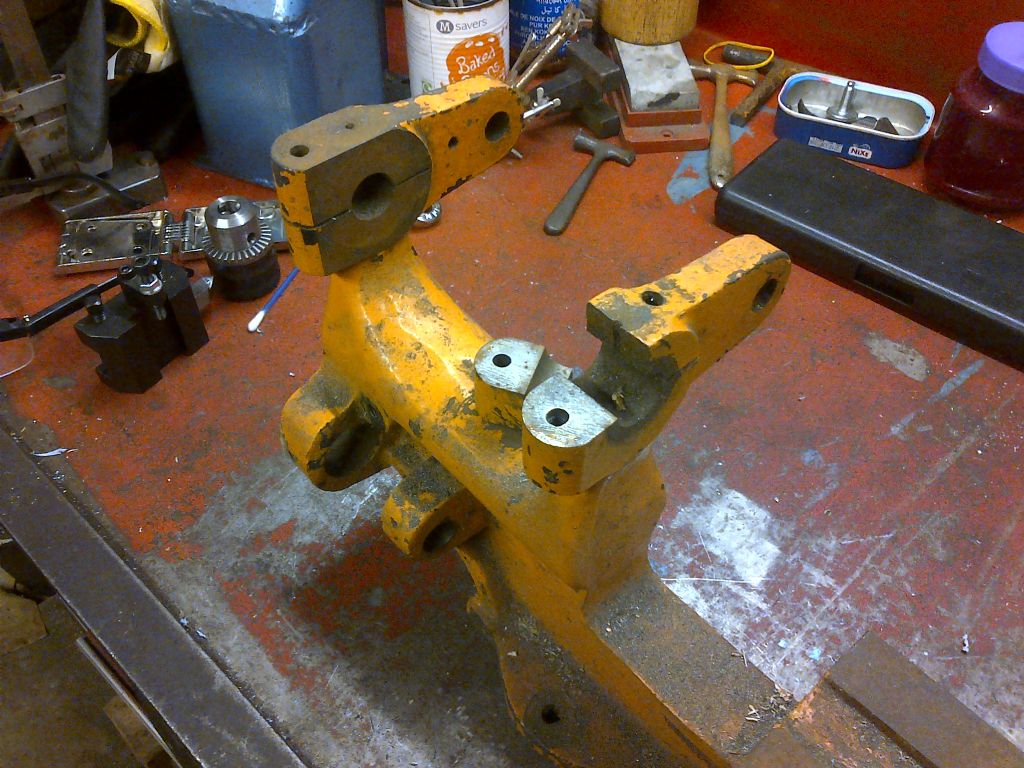repair,rebuild (replace)
repair,rebuild (replace)
- This topic has 17 replies, 13 voices, and was last updated 2 October 2015 at 10:05 by
Ian S C.
Viewing 18 posts - 1 through 18 (of 18 total)
Viewing 18 posts - 1 through 18 (of 18 total)
- Please log in to reply to this topic. Registering is free and easy using the links on the menu at the top of this page.
Latest Replies
Viewing 25 topics - 1 through 25 (of 25 total)
-
- Topic
- Voices
- Last Post
Viewing 25 topics - 1 through 25 (of 25 total)
Latest Issue
Newsletter Sign-up
Latest Replies
- New Warco D330 – Some Advice Please
- Tungsten Contact Points
- Building Bernard Tekippe’s Precision Regulator
- Help and advice please
- Aliphatic glue removal/separation
- Suitable fuel for boll aero engine
- Printed ME&W not arriving (overseas).
- What Did You Do Today 2025
- Clockmakers Depthing Tool
- Sandvik Coromant 20mm hand-scraper






